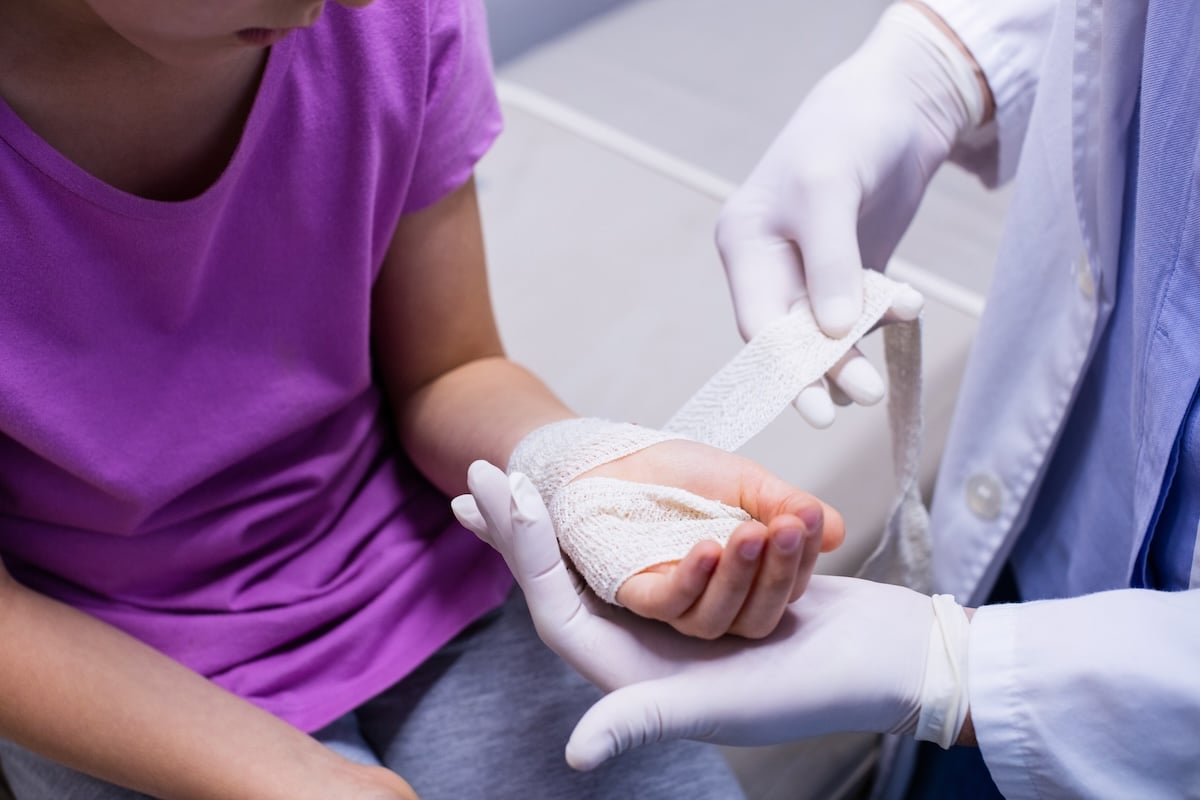
Youth sports deliver all kinds of health benefits, both mental and physical, but young athletes can still get hurt.
Every year, more than 3.5 million U.S. kids are treated for sports-related injuries. The most common injuries include sprained ankles, broken bones, concussions, torn or stretched ligaments and broken or loose teeth, said Dr. Tiana Woolridge, a sports medicine fellow physician within the University of California, Los Angeles (UCLA) Department of Family Medicine and a member of the American Academy of Pediatric’s (AAP) Council on Sports Medicine and Fitness.
So, how do sports injuries happen in children & teens?
Even though kids are young and strong, their bodies can suffer wear and tear just like adults do. In fact, young people are even more prone to sports injuries because their bodies are still growing, Woolridge noted in an AAP news release.
For example, a young baseball player who trains for hours every week might make the same arm movements hundreds of times, causing damage to muscles, tendons or nerves.
Other injuries occur when kids don’t use protective gear the right way or skip it altogether.
For example, brain injuries can happen when helmets aren’t put on properly or are left sitting on the sidelines. Permanent teeth can get chipped, cracked or knocked out when mouth guards aren’t in place. Eye injuries can be common without protective eyewear in certain sports, Woolridge said.
So, despite safeguards, let’s say your child still gets injured. How can you prepare for unexpected sports injuries? Woolridge offers some tips:
When to seek emergency care.
Go to the nearest emergency room if your young athlete is:
-
Struggling to breathe
-
Unconscious, confused or weak after a hard hit or fall
-
Bleeding heavily or coughing up blood
-
Showing signs of broken bones, teeth or joints
-
Unable to put weight on either leg or walk without pain
-
Feeling numbness, tingling, weakness or cold sensations anywhere in the body
-
Experiencing a fast heartbeat that won’t slow down
Having a copy of your child’s insurance cards will make things easier in any emergency. After your child is evaluated, listen carefully to all instructions for follow-up care. Notify your child’s regular doctor, for ongoing treatment.
How to treat swelling and pain at home.
Many sports injuries can be treated with rest, ice, compression and elevation (RICE, for short). Place an ice pack on the injured area for 15 to 20 minutes several times a day, then use a compression bandage. Elevate an injured leg, foot, arm or hand above your child’s heart with pillows, to ease swelling.
Offer emotional support.
Sports injuries also affect the mind, so think about how you can help your child deal with difficult emotions. Young athletes often feel frustrated, sad or anxious when they can’t play. They may assume their “life is ruined.” High-school athletes looking forward to playing in college may be especially at risk for these thoughts.
You can help your child by talking openly about what happened. Try not to suggest they (or someone else) could have prevented the injury, because that might trigger guilt, anger or feelings of helplessness. Instead, let them know you’ll be with them every step of the way as they recover.
Athletes of all ages may experience anxiety or depression after an injury. If you see signs that your child’s mental health is suffering, talk to their doctor. Practices such as visualization, mindfulness and breath work can help, paired with medication and talk therapy as appropriate, Woolridge said.
Work with health care professionals.
Along with your child’s medical team, there may be other professionals who can support your child. Middle schools and high schools often have athletic trainers who can suggest safe, home-based exercises. Collaboration with doctors, coaches, physical therapists and other professionals will speed your child’s recovery.
Study sports health together.
Kids may enjoy learning more about sports medicine while they’re getting better. Look for videos and guides that stress the value of warming up, stretching, eating a healthy diet, staying hydrated and getting plenty of rest.
Help your child stay connected.
Encourage your child to keep in touch with friends and teammates as they recover. Maybe they’d like to attend games, meets or performances as a spectator or invite a few friends over to hang out. Time with peers will help them feel less isolated, especially if they can’t attend school right away.
Focus on the long game.
While your child may be eager to hit the playing field again, keep in mind that rushing things can trigger new injuries. Remind your child that recovery takes patience, consistency and dedication — all the same qualities that helped them become good athletes.
More information
The American Academy of Pediatrics has more tips to prevent sports injuries in children & teens.
SOURCE: American Academy of Pediatrics, news release, 2024
Source: HealthDay
Copyright © 2025 HealthDay. All rights reserved.

Leave a Reply